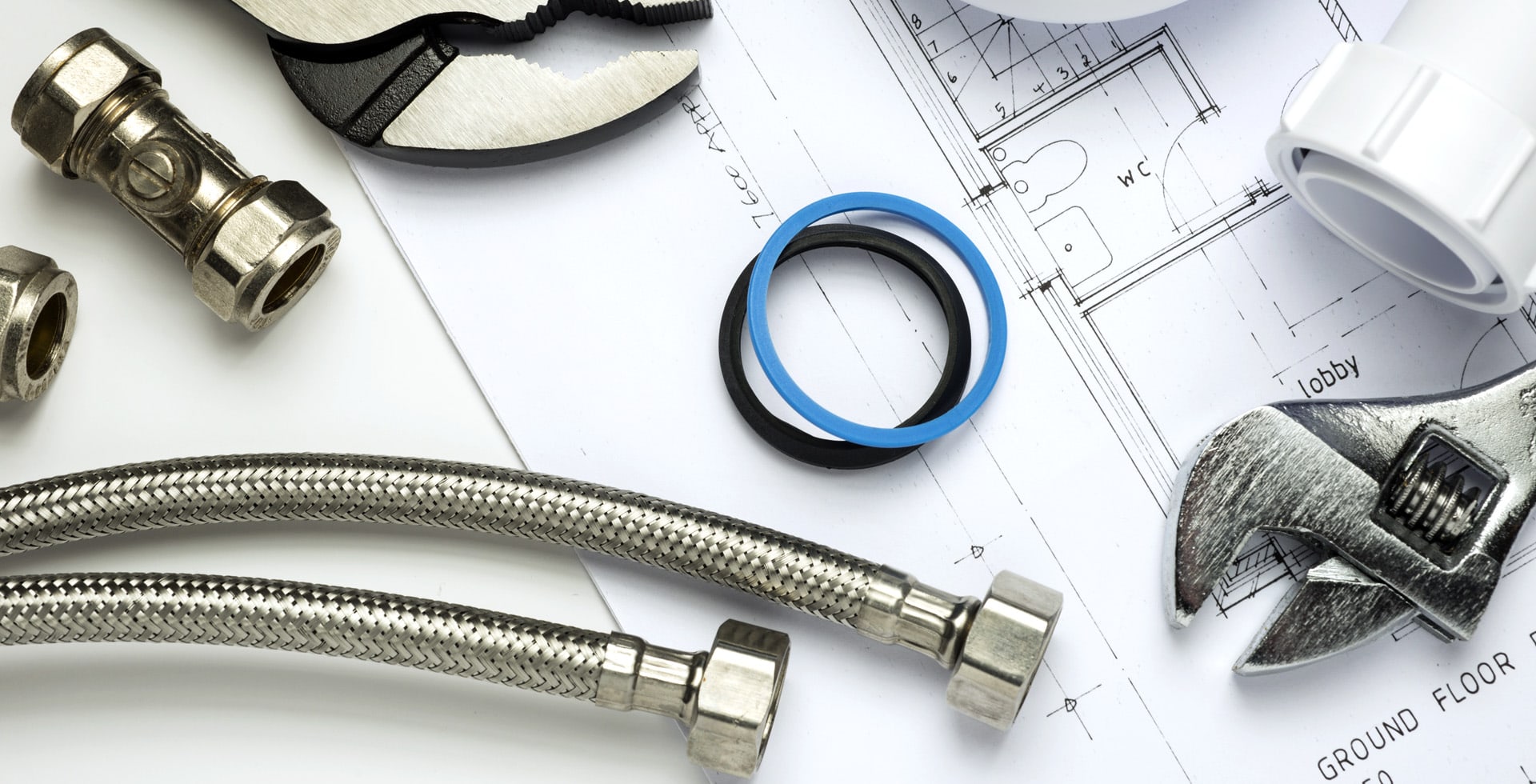“`html
What Happens After a Roof Inspection Report
After a thorough roof inspection, property owners often find themselves waiting for the report and wondering what actions to take next. Understanding the implications of this report is essential for maintaining the integrity of your home and ensuring the safety of your family. This article will guide you through the steps to take once you receive the roof inspection report.
Understanding the Roof Inspection Report
A roof inspection report is a comprehensive document that outlines the condition of your roof and identifies any issues that may need attention. It typically includes:
- An overall assessment of the roof’s condition.
- Identification of specific problems, such as leaks, missing shingles, or structural damage.
- Photographic evidence to support the findings.
- Recommendations for repairs or ongoing maintenance.
- An estimated lifespan of the roof based on its current state.
Reviewing the Report
Once you have the roof inspection report, it’s crucial to review it carefully. Here are steps to take during your review:
- Read the Overview: Begin by understanding the summary provided in the report. This section offers a general view of the roof’s health.
- Look for Urgent Issues: Pay close attention to any urgent repairs highlighted in the report. Addressing these issues promptly can prevent more extensive damage and costs.
- Understand Recommendations: The inspector will usually provide recommendations for repairs. Make sure to note these as they will guide your next steps.
- Take Note of Photos: Visual evidence can help you understand the inspector’s findings. Use these images as reference points when discussing repairs with contractors.
Deciding on Next Steps
Depending on the findings in your inspection report, here are possible next steps to consider:
- Schedule Repairs: If the inspection indicates necessary repairs, prioritize scheduling them with a qualified roofing contractor. Delaying repairs can lead to more severe damage and higher costs.
- Implement Preventive Maintenance: For issues that are not urgent but require future attention, set up a maintenance plan. Regular inspections can identify problems early before they escalate.
- Consider Replacement: If the report suggests that your roof is nearing the end of its lifespan, you might want to start planning for a roof replacement. Research different materials and roofing options that match your budget and home style.
- Consult with a Professional: If you’re unsure how to interpret the report, consider consulting with a roofing professional for a second opinion. They can provide additional insights and recommendations.
Budgeting for Repairs and Maintenance
After identifying the necessary repairs or maintenance from the inspection report, it’s essential to create a budget. Here’s how you can effectively budget:
- Get Multiple Quotes: Contact several contractors to get estimates for the repairs. Compare their quotes based on materials, labor, and any warranties they might offer.
- Plan for Unexpected Costs: Always factor in a little extra in your budget for unforeseen expenses that may arise during the repair process.
- Prioritize Major Repairs: Allocate funds for the most critical repairs first to ensure the safety and integrity of your home.
- Consider Financing Options: If repairs are extensive, look into financing options such as home improvement loans or credit lines.
Maintaining Your Roof
Once repairs are completed, ongoing maintenance is necessary to prolong the life of your roof. Consider the following maintenance tips:
- Regular Inspections: Schedule annual inspections, especially after severe weather, to identify and address potential issues early.
- Keep Gutters Clean: Clogged gutters can lead to water damage. Make sure they are cleared regularly to ensure proper drainage.
- Remove Debris: Regularly check for and remove any debris, branches, or leaves on your roof to prevent damage.
- Address Issues Promptly: Don’t wait for small problems to turn into larger issues. Address them as soon as they arise.
Conclusion
Receiving a roof inspection report is just the beginning of a journey toward maintaining a safe and secure home. By carefully reviewing the report, making informed decisions about repairs and maintenance, and planning for future needs, homeowners can protect their investment and avoid costly surprises. Remember, a well-maintained roof not only enhances the appearance of your home but significantly contributes to its overall value and safety. Keep your roof in top shape and enjoy peace of mind for years to come.
“`

